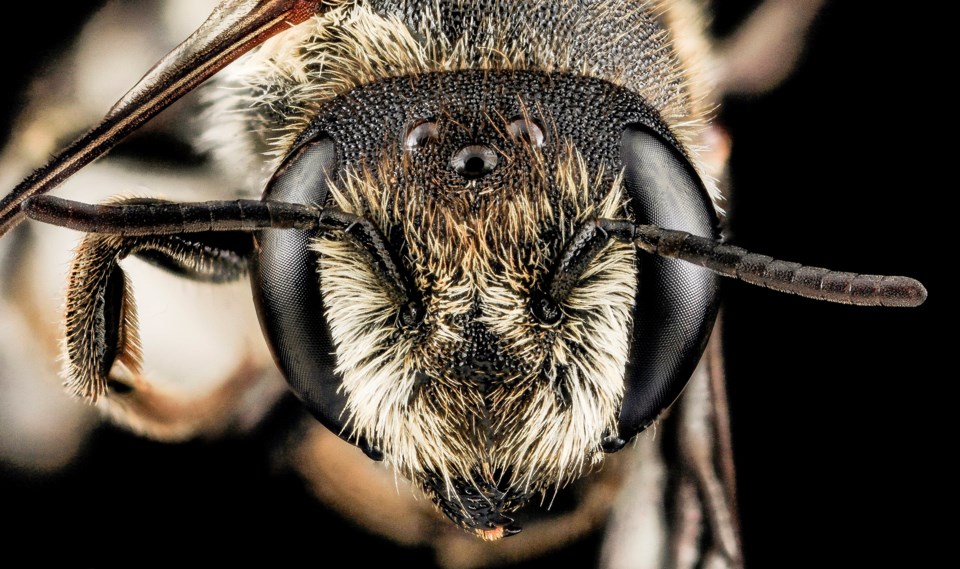Native pollinators could use a helping hand. But some of what you're being sold might be doing more harm than good.
For years, researchers have been sounding the alarm about pollinator populations. Up to half of North American native bee species are declining, and four species of bumble bees in Alberta are considered at risk.
With growing awareness of this issue, a cottage industry of at-home solutions is emerging. Maybe you have come across bee hotels (native bee nesting boxes) for sale at a craft fair or got a targeted ad online for buy-and-hatch cocoon kits promising to deliver highly efficient backyard pollinators to your doorstep. Before investing time and money, it’s important to understand what risks come with the interventions you’re making, said Megan Evans, president of the Alberta Native Bee Council.
“We are really just urging people to do their research and to make sure, if they want to help bees, that they take actions that will actually help save the bees,” Evans said.
Along those lines, the number one thing people can do is plant flowers, and native flowers in particular, she said.
Topping the list of things you shouldn’t do is buy bees online and release them into the wild.
“The general public are so keen to learn more about bees and to be engaged, they are now getting sold these cocoons: ‘Come order your bee cocoons. These are the bees that will live in your bee hotel.’"
“Then you order them and then you release them, and they go do their thing. As you might imagine, that's not necessarily a great practice.”
Two of the most common species sold for this purpose in Canada are the blue orchard mason bee and the alfalfa leaf cutter bee, which isn’t native to Alberta. While the blue orchard mason bees do have native ranges in the province, “it's complicated,” Evans said.
The bees are used as pollinators in agriculture, and there are many reputable breeders for those purposes, Evans said. However, while regulations exist to safeguard the healthy raising and sale of honeybees in Canada, those rules don’t apply to any other species.
Because the practice is unregulated, you can even find boxes of alfalfa leaf cutter cocoons on Kijiji in the spring and summer. Evans said those sellers tend to lack knowledge of agricultural suppliers. In some cases, she said the people behind the ads couldn’t answer her questions about what species it was they were selling.
“They have no idea what they're doing,” she said. “Are these species introducing maladaptive genes? Are they becoming invasive? Are they spreading diseases? People think that this is something that they can do to help save the bees. That's certainly not the case.”
Bee hotels can be great educational tools. And if properly built and maintained, they have minimal impact on native bee populations. Many on the market are unfortunately poorly constructed, Evans said, which can contribute to the spread of disease and pests.
In designing nests for tunnel-dwelling bees, the depth, width, and spacing of holes are important. So are the materials used and the ability to clean it between seasons.
If this sounds like too much work, the Alberta Native Bee Council recommends incorporating some hollow stemmed plants or a rotting log into your landscaping, and letting the bees build their own homes.



